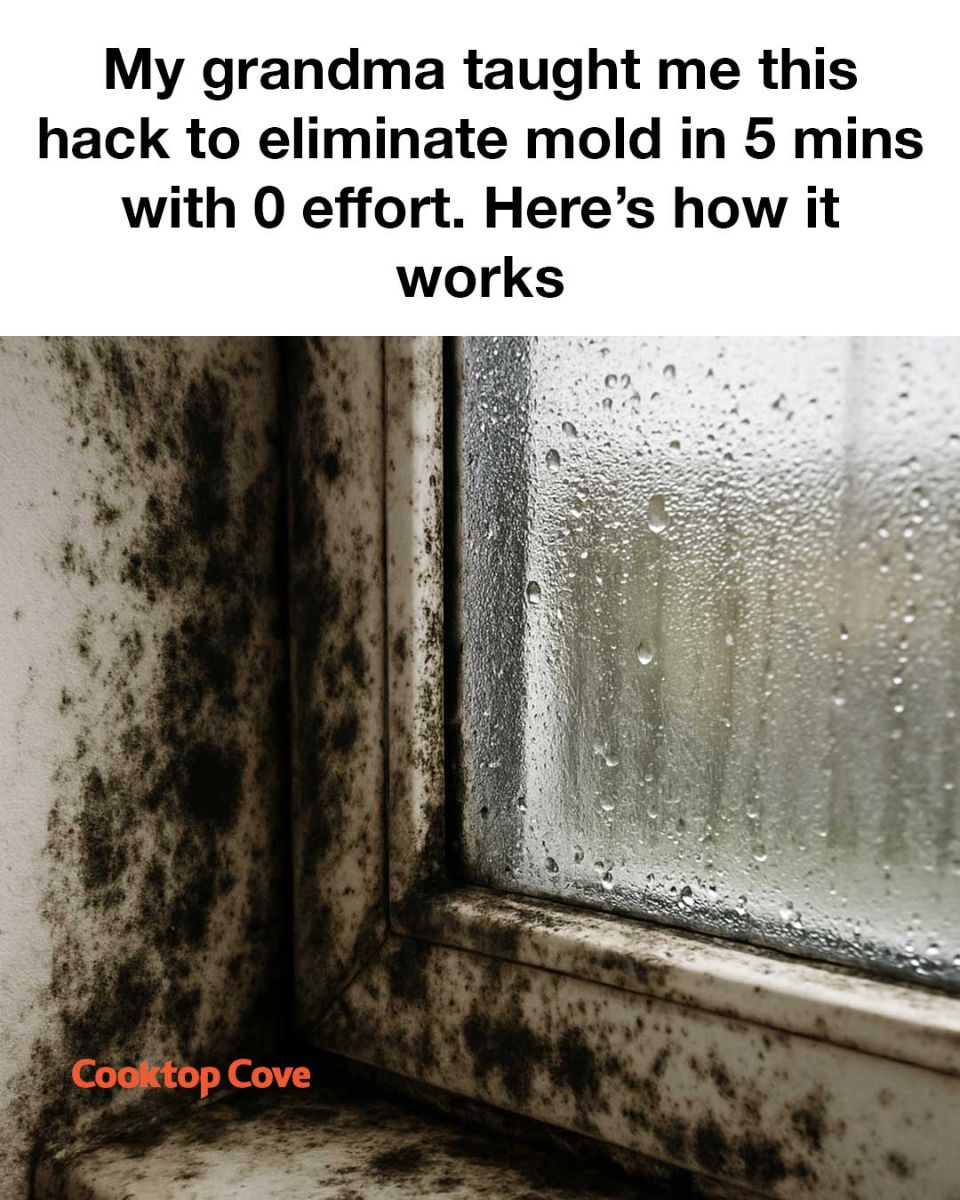8. Proper Drying Techniques
Once the mold has been removed, it’s crucial to dry the area thoroughly to prevent future growth. Use a clean, dry cloth to wipe down the surface, and consider using a fan or dehumidifier to speed up the drying process.
Ensure the area is completely dry before replacing any furniture or items, as even small amounts of moisture can lead to mold returning.
9. Preventing Future Mold Growth
To prevent mold from returning, it’s important to address the underlying causes of moisture in your home. This may involve fixing leaks, improving ventilation, or using a dehumidifier to maintain a humidity level below 60%.
Regularly inspect areas prone to moisture, such as bathrooms and basements, and clean any visible mold promptly. Consider using mold-resistant products, such as mold-resistant paint or drywall, in areas susceptible to mold growth.
10. Safety Tips for Using Hydrogen Peroxide
While hydrogen peroxide is generally safe, it’s important to take precautions when using it for mold removal. Always wear protective gloves, a mask, and goggles to protect yourself from mold spores and hydrogen peroxide splashes.
Avoid mixing hydrogen peroxide with other cleaning agents, particularly vinegar or bleach, as this can create harmful fumes. Store hydrogen peroxide in a cool, dark place to maintain its effectiveness.
11. Common Mistakes to Avoid
One common mistake is not allowing the hydrogen peroxide enough time to work. Ensure you let it sit for at least 10 minutes to effectively kill the mold spores.
Another mistake is not addressing the source of moisture that led to mold growth in the first place. Without fixing leaks or improving ventilation, mold is likely to return. Finally, avoid using bleach, as it can damage surfaces and is not as effective at penetrating porous materials as hydrogen peroxide.
